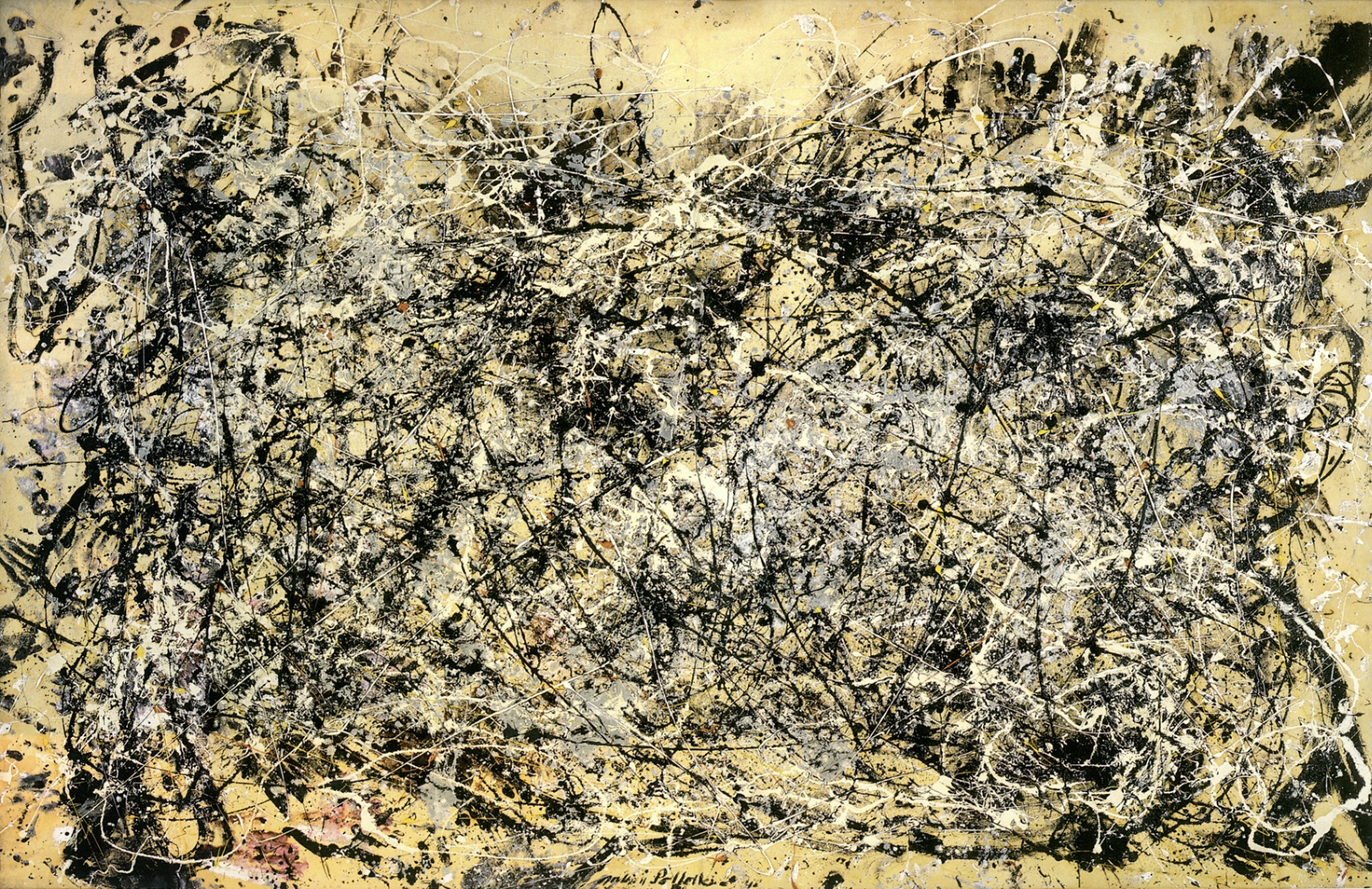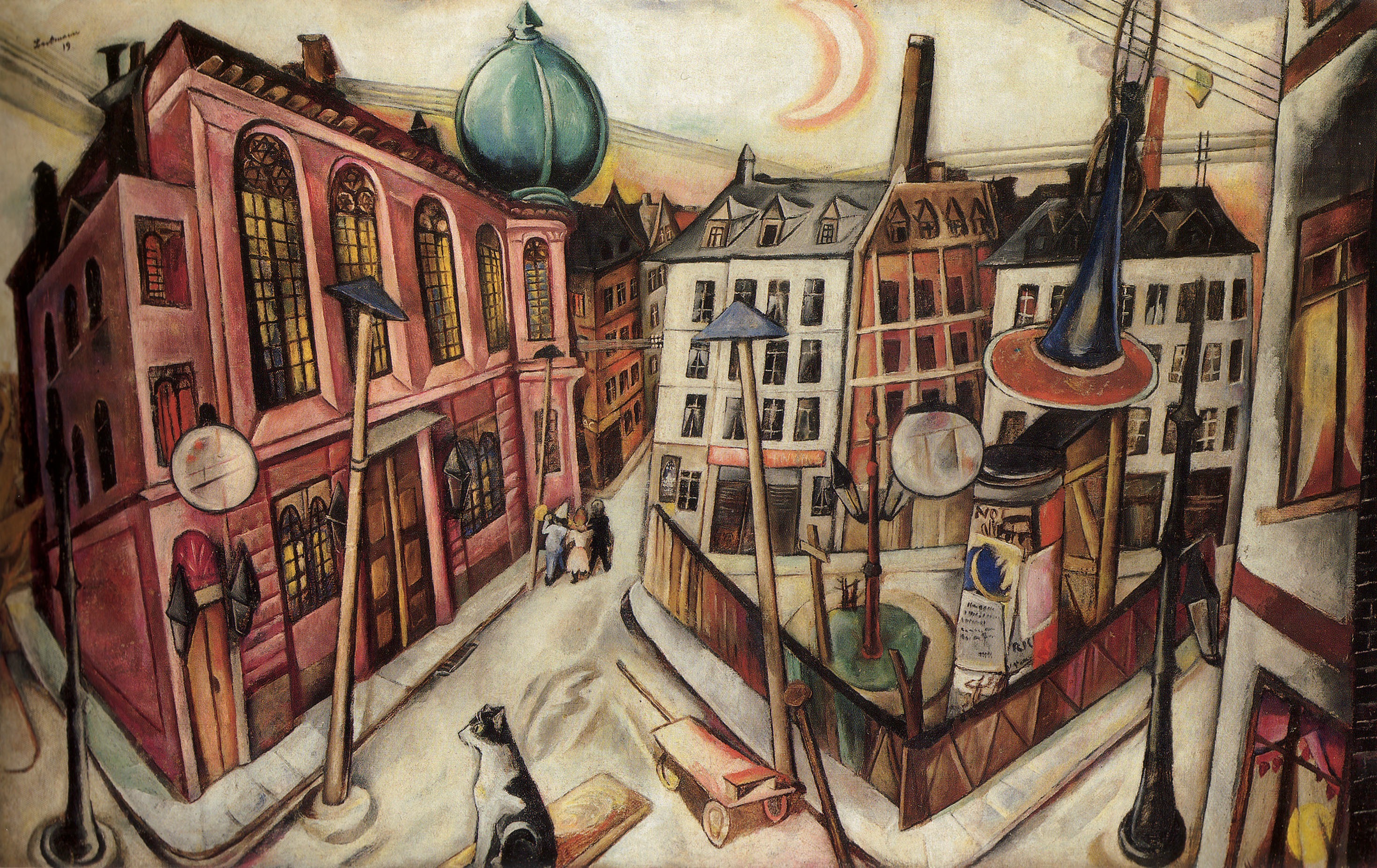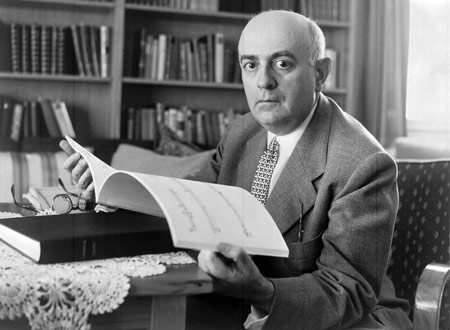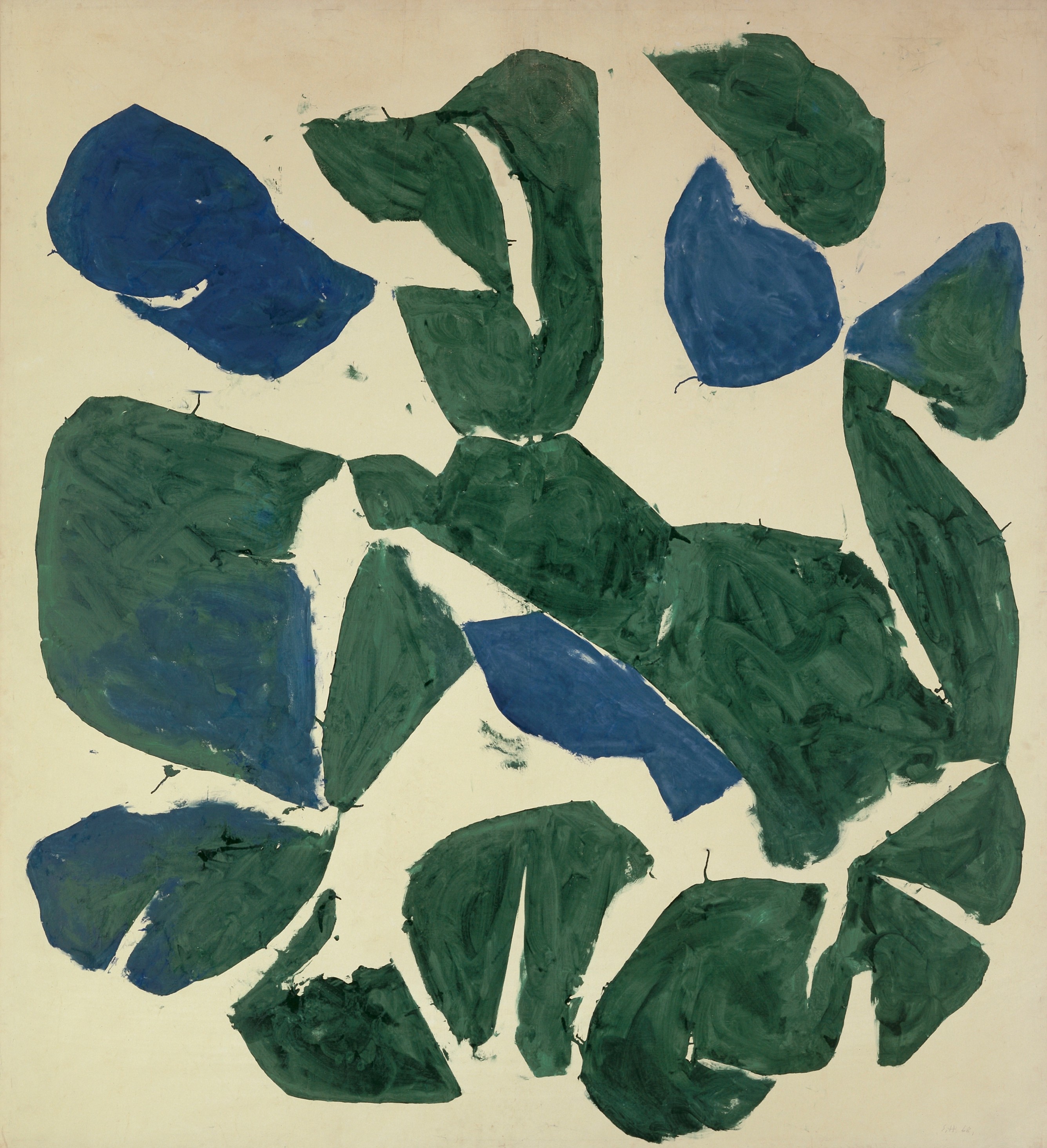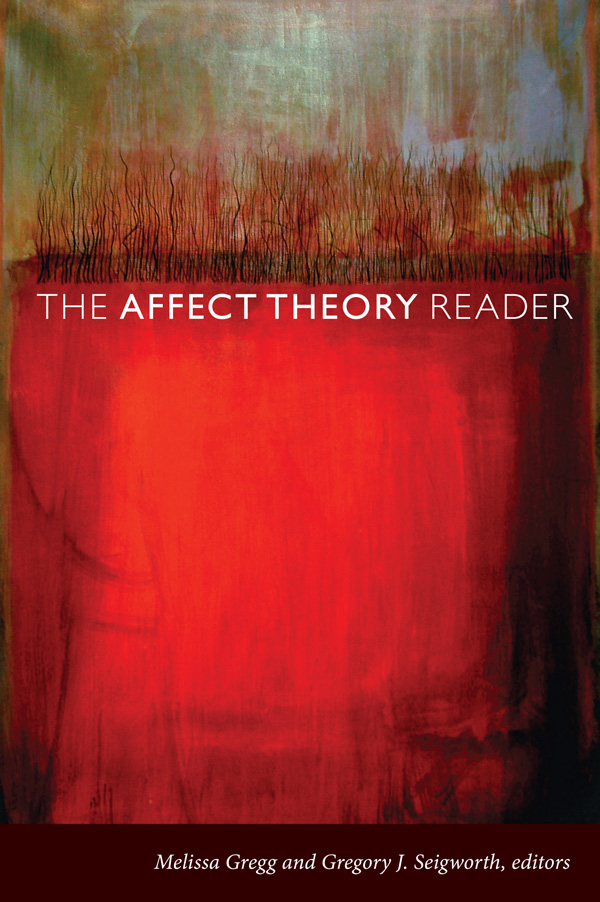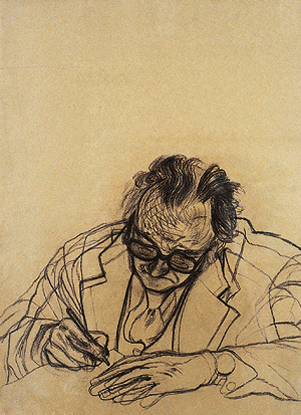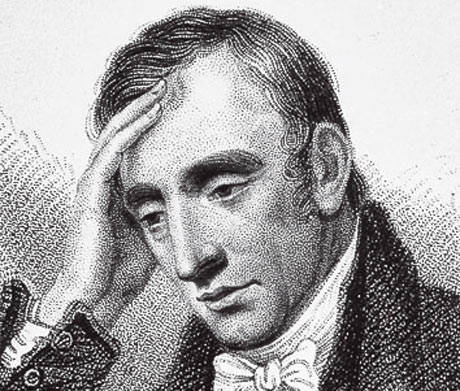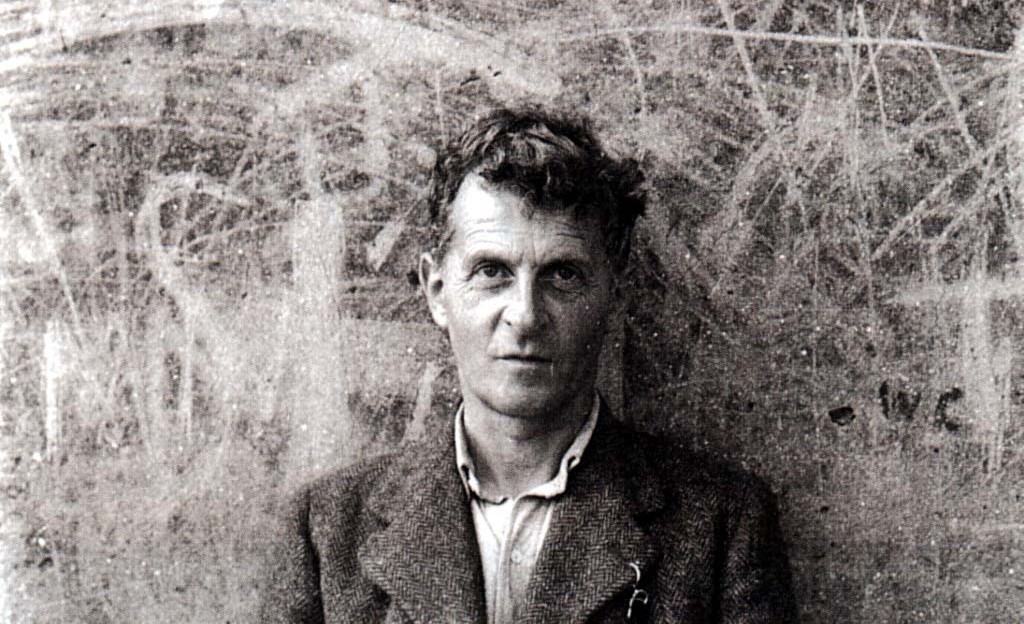There is a deep schism within Pollock criticism. Taking Pollock’s marks to index the artist’s activity elevates the causes of his paintings over their meanings, with the consequence that his works of art are reduced to intentionless surfaces that just register his “traces.” That position implicitly requires us to reject the status of a painting as a medium of expression, and treat it instead as an occasion for a viewer’s experience. But Pollock’s project–one that finds its most rigorous articulation in formalist accounts of his art–is based on demarcating the actual from the representational, the literal surface from pictorial meaning.
When Max Beckmann (1884-1950) painted The Synagogue in 1919, he could not have anticipated the ways in which it would come to be viewed and interpreted. His critics were the first to weigh in after World War I with poetic analyses. Subsequent viewers – including museum and municipal officials – placed less emphasis on the painting’s purely formal values. Since 1945, The Synagogue’s prophetic quality and historical function as well as its political uses and pedagogical applications have shaped its reception. Eschewing an interpretive mastery of the painting, this essay considers the viewer’s varied response to Beckmann’s picture as evidence of its radical authenticity.
BY Todd Cronan
In one of his last interviews Michel Foucault famously said “As far as I’m concerned, Marx doesn’t exist.” What he meant was that “Marx” as an author was something largely fabricated from concepts borrowed from the eighteenth century, in particular the writings of David Ricardo. From Ricardo he derived his most crucial idea: the labor theory of value. As Clune explains, neoliberalism has made that theory obsolete and with it, Marxist analysis. For Foucault there were several Marxisms in Marx.
What is the individual’s ongoing relation–how does she belong–to the national culture she may serve or criticize, but which has also helped shape her life and thought? This is the question embodied by Jasper Johns’s Flag. It has never been more relevant than in the new millennium–a political moment that is the backdrop to the themes of this book.
Like Lacan’s woman, painting for Hantaï comes to be defined by its condition of pas-tout, “not-all.”
BY Lisa Florman
The works’ achievement—“triumph,” we might even say—resides precisely in their ability to make both things simultaneously apparent. Admission or acknowledgement alone would have amounted to mere acceptance, resulting in something simply, flatly decorative, and detached from any engagement with the world. Conversely, antipathy or avoidance on its own would have been tantamount to a denial of how much painting (and the world around it) had changed in the first decade or so of the twentieth century. It is finally this doubledness, I would argue—the works’ acknowledgement of loss and their stubborn refusal to be reconciled to it—that makes them the compelling, occasionally haunting, images they are.
BY Todd Cronan
Affects are, Berlant insists, “radically private, and pretty uncoded,” and like the fetishized commodity, they make their dazzling appearance with the labor behind them obscured. These private experiences are in fact beyond analysis—an affect, after all, “is just a fact.”
BY John Gibson
[W]e frequently do not, strictly speaking, hear the meaning of a poem so much as we hear a poem as occasioning a question of meaning, a question we devote ourselves to answering if we are to make sense of the encounter with meaning a poem initiates. In the context of poetry, we usually take meaning to be a destination and not a point of departure.
Narratives are indeed a crucial tool by which many of us make sense of our lives. The problem comes in identifying selves too directly with the lives they live. If we drop the insistence on life-long autobiographies in favor of many short overlapping stories, we can hew more closely to the role narratives typically play in everyday self-representations; but then we also stand in need of a new criterion for unifying those stories into a coherent self.
BY Bernie Rhie
There is, so to speak, an internal relation between our theories of psychological expression and our theories of aesthetic expression. If we therefore want to hold on to the thought that art is, in fact, expressive, a great deal will depend on how we understand the expressiveness of the human figure. Yet at the same time, if we are convinced that art is not expressive (for whatever theoretical reasons), then that may, in turn, influence the way we see the human body itself: perhaps draining not only works of art, but the human body too, of their expressive powers.


